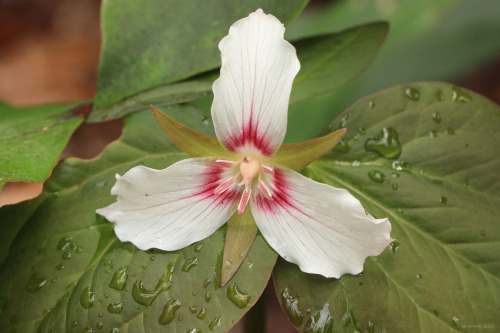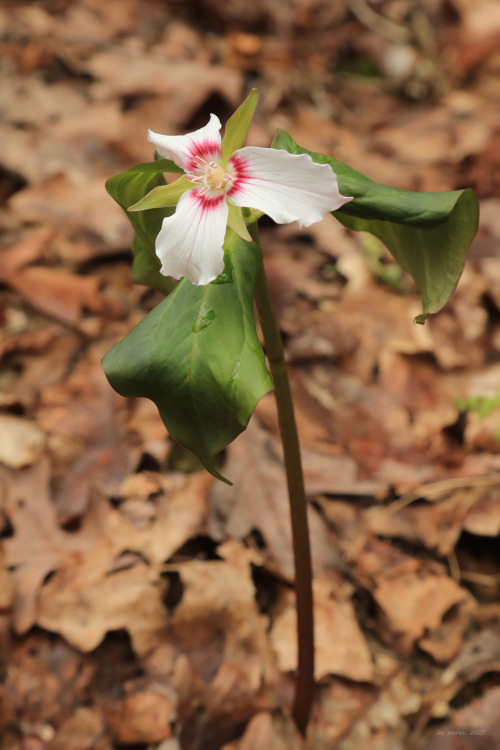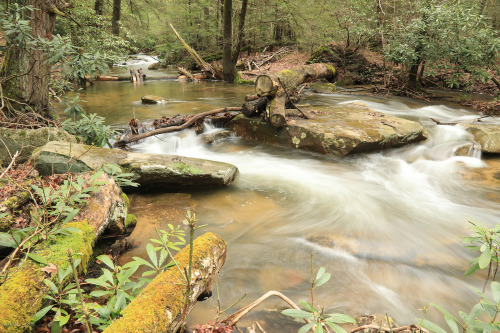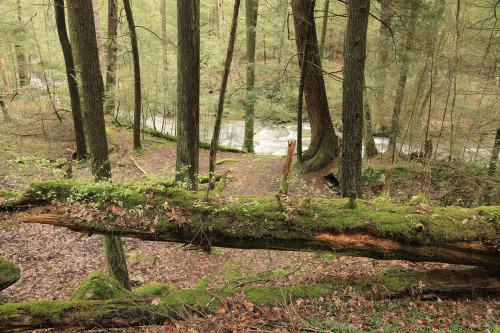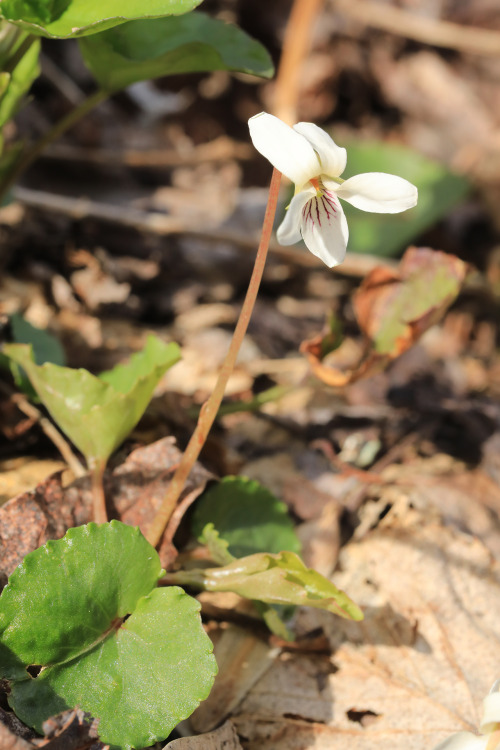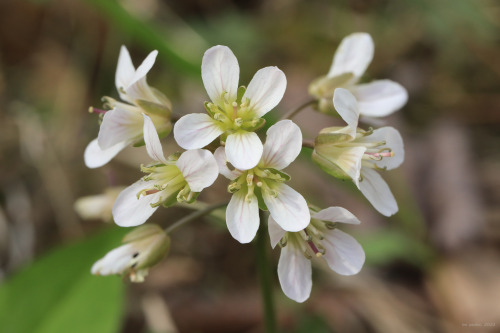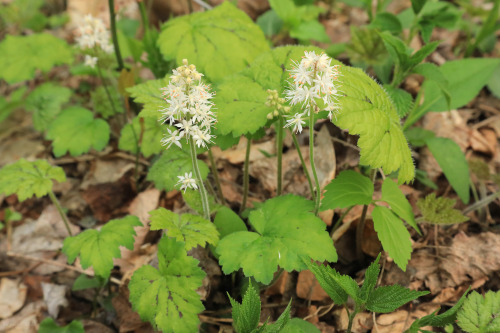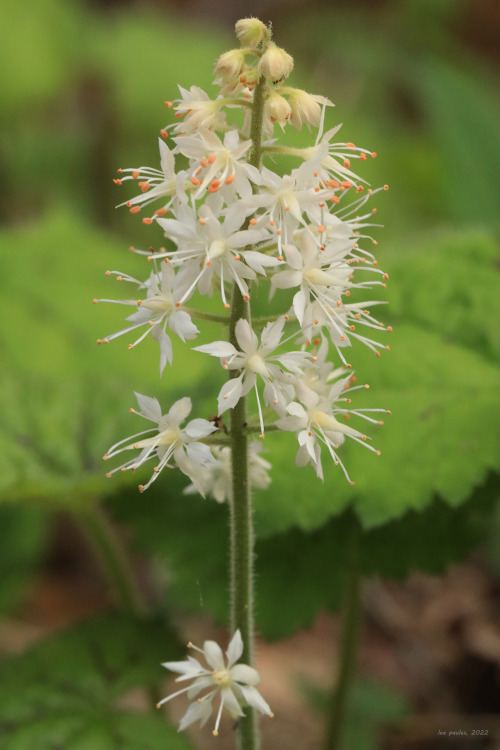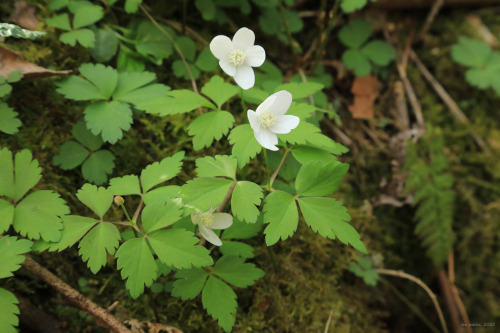#tiarella cordifolia
Eastern hemlock (Tsuga Canadensis) is sometimes referred to as the “redwood of the east”, and once-upon-a-time, this was absolutely the case; great expanses of virgin hemlock forest cooled headwater streams and created their own unique ecology. But these old growth forests are largely gone now, with only a few remnant stands scattered along the Appalachian spine. A spring hike through a pristine stand of these gentle giants is an experience to be treasured, providing a rare connection to a primeval world nearly lost to us.
From top: Painted trillium (Trillium undulatum), a lover of old hemlock and spruce forests and the most beautiful and delicate of all the trilliums to bloom in this area; marsh blue violet (Viola cucullata), a moisture-loving violet with club-like hairs at the throat of its flower; heartleaf foamflower (Tiarella cordifolia), which clumps gorgeously at the edges of seeps and brooks; halberd-leaved yellow violet (Viola hastata), an Appalachian endemic with sword-like leaves; and a red eft (Notophthalmus viridescens viridescens) on a perilous journey in search of a pond environment, where it will eventually transform into an adult newt.
Post link
Early May in an Appalachian forest.
From top: sweet white violet (Viola blanda); long-spurred violet (Viola rostrata); broadleaf toothwort (Cardamine diphylla); wake robin (Trillium erectum), also known as red or purple trillium; heartleaf foamflower (Tiarella cordifolia); smooth Solomon’s seal (Polygonatum biflorum); and wood anemone (Anemone quinquefolia), also known as nightcaps.
Post link

